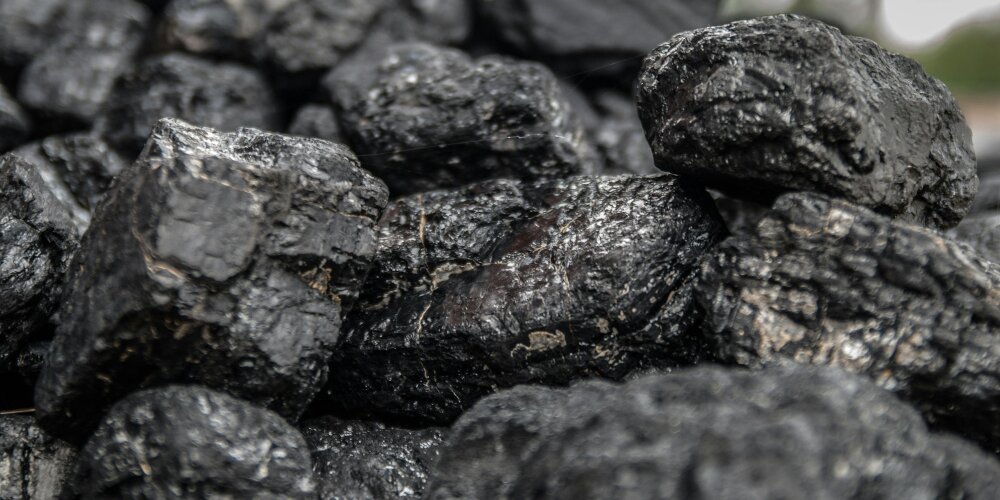Browse our services
Explore how Brookes Bell can help you
Find an expert
Meet our team, find and expert and connect
Contact us
Get in touch, we're here to help

China’s transition away from coal continues at pace, with major shipping body BIMCO suggesting that coal shipments to China will fall by approximately 15% year-on-year in the first quarter of 2025.
There appear to be a variety of factors driving this decline in import demand. First among them being an unseasonably warm winter in China, which saw a 1% year-on-year decline in electricity generation. Furthermore, an increase in renewable energy generation, coupled with a 1% fall in steel production also damped demand for coal.
To further compound things, domestic coal production also ramped up during this period with an 8% year-on-year increase in production.
Commenting on the situation, Filipe Gouveia, Shipping Analysis Manager at BIMCO, said:
“We estimate that coal shipments to China will show a 15% fall y/y during the first quarter of 2025, reaching a three-year low. Seaborne cargoes have slowed due to weaker domestic demand and higher competition from domestic supplies and overland imports. Thermal coal cargoes have been particularly affected, though coking coal shipments have also decreased”.
Gouveia also commented:
“Tonne mile demand is estimated to have performed even worse than volumes, falling 25% y/y during the first quarter of 2025. Average sailing distances have shortened due to weaker volumes from Colombia and shorter distances for Russian cargoes”.
Indeed, the bulk of coal imports now come from nearby countries such as Indonesia, Australia, and Russia. According to BIMCO’s analysis, these countries have accounted for 57%, 16%, and 14% of volumes, respectively.
Somewhat surprisingly, particularly given geopolitical and tariff developments, North American coal cargoes have continued to fare well. During this period Canadian coal cargoes surged 42% y/y, whilst US cargoes fell a mere 10% y/y.
Could this overall downturn in Chinese coal exports be a lasting development? BIMCO’s Gouveia appears to think so:
“Looking ahead, the outlook seems timid for coal shipments to China. Import demand could remain low as the country expands electricity generation from renewables, domestic mining and rail links with Mongolia and Russia. Nonetheless, spikes in demand could still occur due to increased electricity use during extreme temperatures or during periods of weaker production from renewables”.
The transportation of coal and other solid fuel cargoes can be a challenging and complex job, with many variables and safety issues to account for.
Solid fuel cargoes such as coal are also often subject to claims and quality disputes.
But, with Brookes Bell’s support, you can make solid fuel cargo transportation easier and safer, with a reduced likelihood of claims and disputes.
For more maritime industry news, insights and developments, read the Brookes Bell News and Knowledge Hub…
Peak Coal Demand in Sight for China? | Coal Trade Expected to Return to 2019 Levels | Hold Cleaning: Are Robots and Digitalisation the Future?